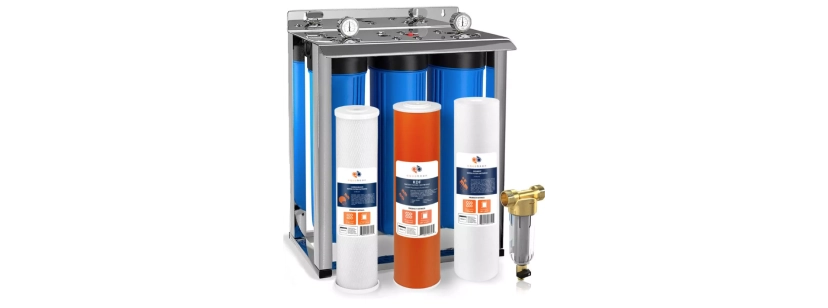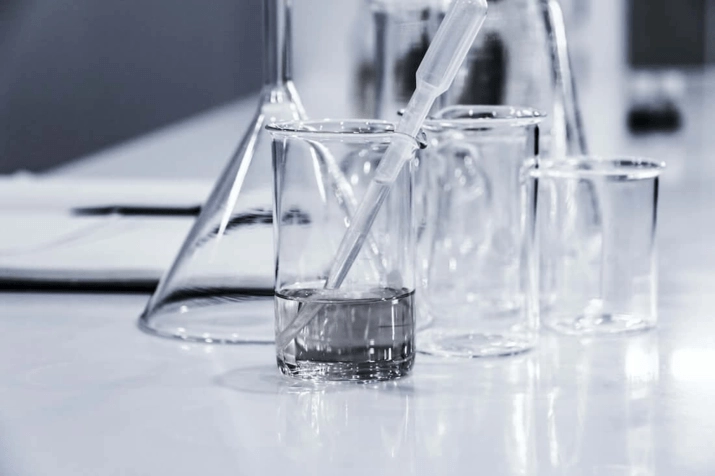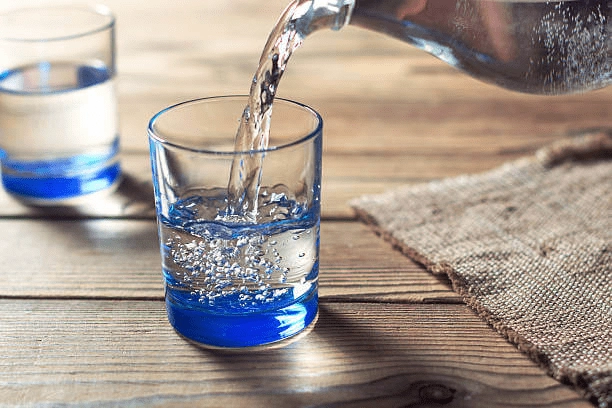According to the United States Environmental Protection Agency (EPA), 95% of the US population is served by a community water system (CWS), and in 2021, over 6.73% of the populace reported one or more violations of EPA health-based standards. This proved that you cannot rely on only the CWS water treatment processes.
Are you using a private well instead? It's not 100 percent safe either; water filtration is still required. You may need to purify it using sediment filtration systems. And it’s important to know how to remove dirt from water to ensure the health and safety of your family.
In this blog, we'll discuss sediment filtration and how to select the right purification system. Let’s dive in.
What is sediment filtration?
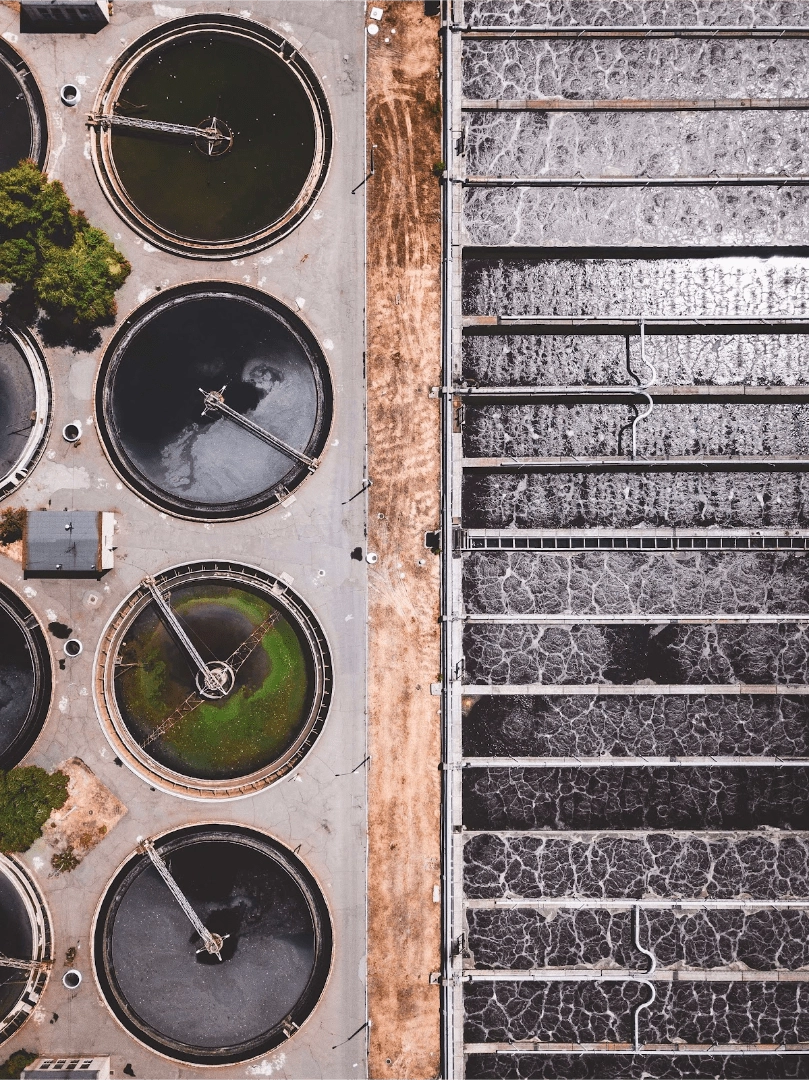
Source: Ivan Bandura on Unsplash
Sediment filtration is a way of lessening opaqueness caused by suspended solids. But how does this work? Filter systems trap solids when liquid passes through them. These solids can be rust, dirt, or sand. So, you'll need a water filter to remove rust or any of these solids.
How to choose a sediment filter?
Aside from the price and type of contaminants, here are other things to consider when choosing a sediment purification system:
1. The material
It's important to know the type of materials used for water filters and their capacity before you choose. For instance, surface purifiers are made from pleated reusable polyester fabric while depth purifiers are made of different materials like cotton, and glass fiber.
2. Size of the system
Water filters for the whole house should be the right size. If you buy an under-sized system, you'll likely have unsatisfactory liquid pressure and flow even if the incoming pressure is high. While an oversized system could cause too much pressure and damage plumbing or appliances.
3. Flow rate/ pressure
Ensure flow rate and pressure are up to the recommended standard for any size you choose.
4. Source
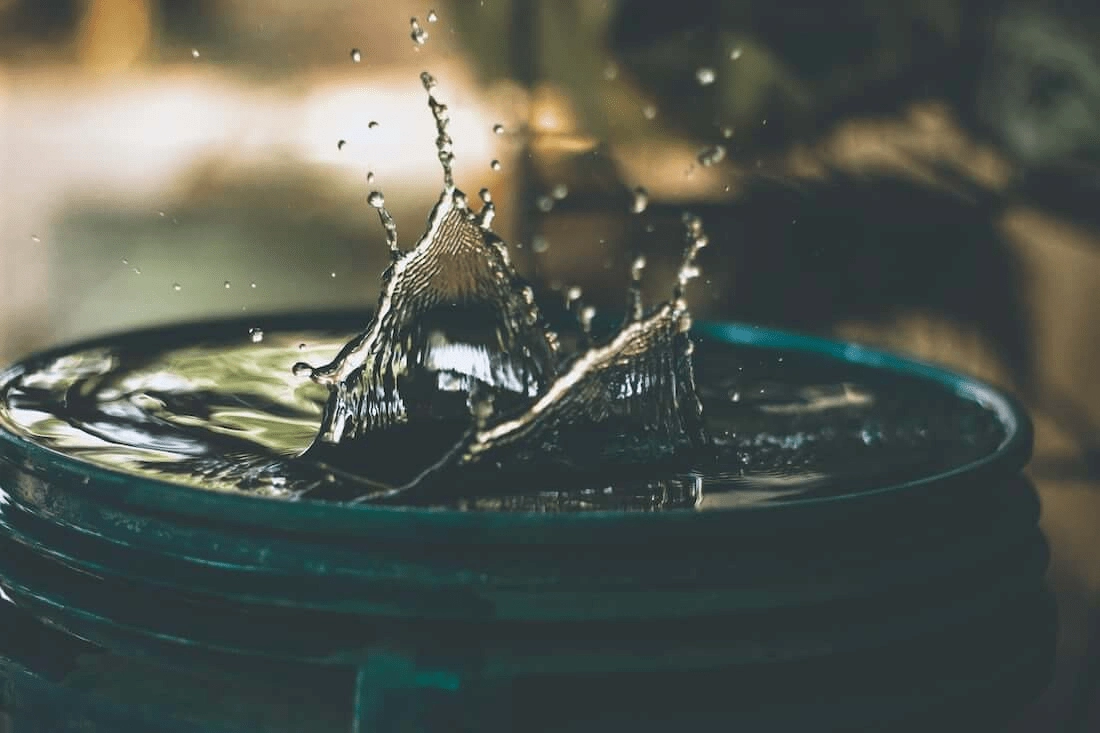
Source: Amritanshu Sikdar on Unsplash
Another thing to consider is the source and the estimated amount of treatment required. For instance, if your source is rain, it will have more particles than in other sources
5. Micron Ratinge
By knowing the micron rating, you can know what size of particles the purification system can capture. Note that the higher the micron number, the fewer particles it can remove. For example, a 1-micron filter can trap more small particles than a 20-micron filter.
What contaminants can't be removed by sediment filters?
Heavy metals, microorganisms, organic particles, or the chemicals present in water can't be removed by sediment purifiers. The taste or smell can't be improved by sediment filters either.
POE vs. POU sediment filtration?
Point-of-entry(POE) sediment filtration allows you to treat it at its entry point, while point-of-use (POU) sediment filtration means that it's purified where you need it.
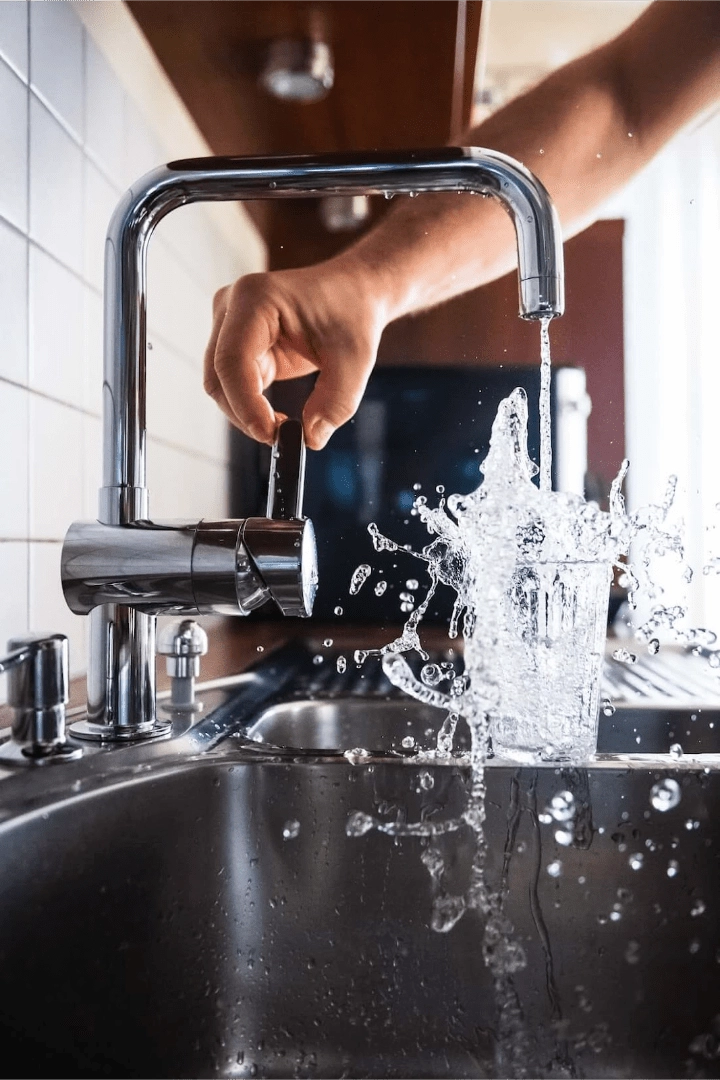
Source: Jacek Dylag on Unsplash
Where to buy the best filter for rusty water?
There are many online or physical stores to purchase a good house water filter for rust removal. However, Filterway.com is one of the places to buy the best filter for rusty water.
Conclusion
Whether a cartridge or sand water filter for homes, the main aim is to have purified water. Although sediment purifiers can achieve this aim, it's not enough if your liquid contains heavy metals or chlorine. Add other filtration methods, like UV purification or reverse osmosis to get the best quality.
If you're looking for where to buy water filters for sand, rust water filters, replacement filters, or any dirt water filter, contact us.




